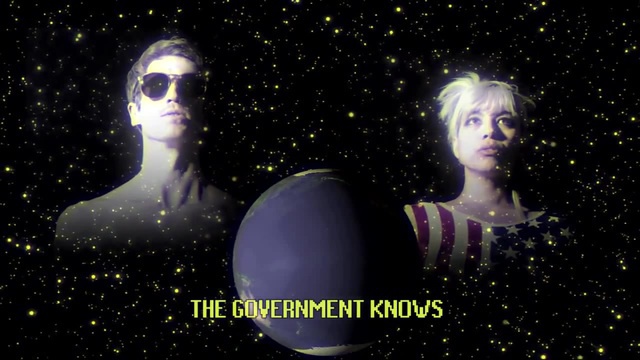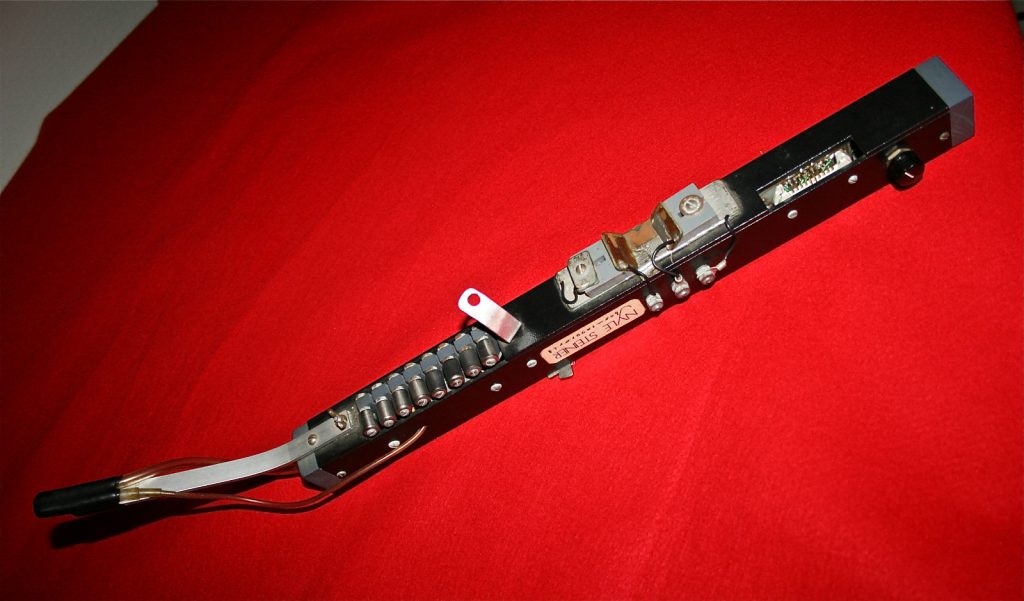As technology grows, the boundaries of the musical experience continue to expand. Ironically, this music video, from the group KNOWER, comments on the government’s invasion of privacy through technology. KNOWER is a duo band comprised of Louis Cole and Genevieve Artadi that combines jazz, disco, dubstep, funk and all sorts of other genres with their self-made videos on YouTube. With 1.5 million views and 29,000 likes, it has become quite popular since its release in early 2016. It is quite a spectacle to watch, accompanied by an incredible musical experience with all the drops and catchy synth grooves. Some people may not be able to handle the grunge and the high intensity, but something about watching about it is addicting. Fair warning, listen to this video and you’ll be looping “the government knows when you masturbate” in your head for the rest of day. His song has been very well reviewed by a large audience and his dramatic use of costumes, dancing along with multiple audio/visual effects elevates the musical experience to another level.
Evidence of this musical experience can be found in the infamous YouTube comments. Upon first review of the comments, they are all relatively positive towards the video and are very supportive.

Evidence of this musical experience can be found in the infamous YouTube comments. Upon first review of the comments, they are all relatively positive towards the video and are very supportive. This first comment really strikes me as a great way to sum up this video in three words. This video takes a disturbing topic not typically discussed, and makes a huge monumental presentation out of it. The ironic use of an upbeat and catchy tempo to explore a very awkward/dark topic is genius.

The reference to Snowden at 2:01 in the track is what gives this political message some context. On June, 2013, Edward Snowden revealed that NSA had taken control of the internet to increase surveillance on “persons of interest” in an effort to protect America’s security. This disclosure created much controversy and protest regarding if and when the government’s role to protect us from terrorism was worth losing our personal privacy. With the potential threat of having ‘Big Brother’ looking over our shoulder many felt that their personal freedoms were being infringed upon.
One comment suggests that this there is empirical evidence to back up the public fear of being watched by our governments:

After googling the term, it was found that with the help of the United States NSA, government security in Britain was able to collect webcam data from Yahoo users. Some of this information contained sexual/explicit content. It furthered reinforced the realization that governments were actually spying on their citizens for nefarious reasons and thus the need for more public awareness. The continuous repetition of the comedic political message of this song is well conveyed in and therefore is an integral part of the musical experience.

Indeed, there are a lot of different images displayed in this video. Everything from the patriotic suits, president masks on the background dancers, clips of blowing up houses, army soldiers, and clips of political leaders make on head spin after the first take. It is a lot for the listener to absorb, but I believe that it complements the intensity of the song itself, and that is why it really works.

Another comment points out how comedic the performance is. It adds another element to the musical performance that makes it unique. With the aid of technology, the synth/dubstep pads in the song, as well as the audio visual effects, it provides a humorous factor to this rather home-spun musical experience. It is funny in many different ways including the weird content and the offbeat reference to Snowden. It also provides the listener relief while focusing on a sensitive issue.

One aspect of the performance in this video cannot be forgotten: what is the purpose of this song and is it being realized? One comment even provides a “thank you” to KNOWER for writing this song. It is almost as if it this issue was not discussed enough, and that this song was bringing awareness to both the people and the government about our surveillance state. Given the amount of likes on this comment, it seems that this statement was well supported by others as well.
Last but not least, we cannot forget the music itself:

The beginning synth pad has a futuristic/electronic feeling that has been stuck in my head for days. There is no way that this song can’t get you bobbing your head at the minimum. This song can be appreciated by both unexperienced listeners and musicians. A trained musician may have heard the jazz harmonic substitution, going to E major instead of Eb major in the third bar of the last vamp before going back to F major in the first chorus (1:24). This provides a surprise to listeners right before the break going into the second verse. The catchy and repetitiveness of the chorus will appeal to just about any listener even if they might be offended by some of the lyrics.
I believe that with the overwhelming support by the YouTube community and outside sources, we can recognize the importance of this music video. This video has a lot more to it than the weird impression you may get in watching the first 10 seconds. This video is political, comedic, relatable, and musically satisfying and really pulls people in to watch. Most importantly, the technological aspects in both the music and video were imperative to projecting this songs message convincingly.

Extra sources:
https://www.theguardian.com/world/2014/feb/27/gchq-nsa-webcam-images-internet-yahoo





